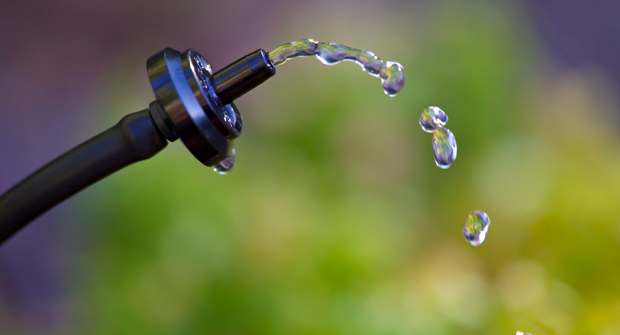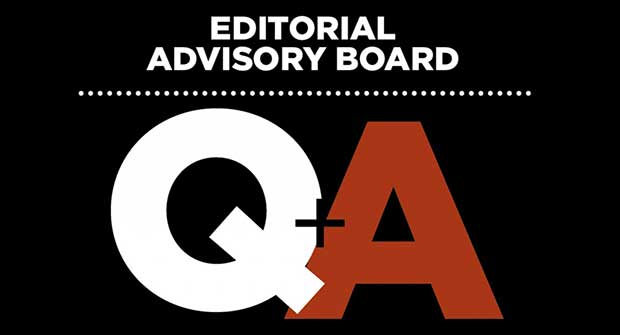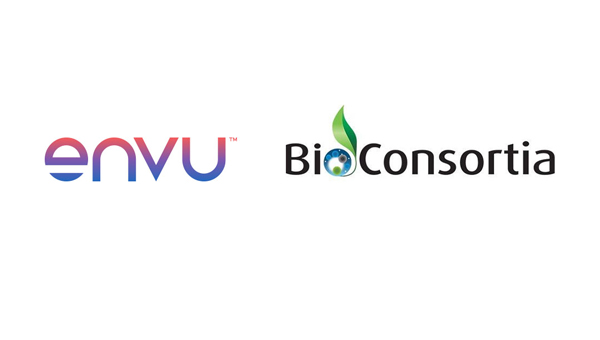Irrigation audits offer a powerful solution for commercial and residential properties plagued by escalating water bills.
Although golf courses and athletic fields have utilized irrigation audits for decades, commercial and residential clients may be unaware of their significant water-saving potential. Industry experts confirm that these irrigation system audits can identify problems leading to a 25 to 30 percent reduction in water use, resulting in substantial savings for clients — potentially thousands of dollars and gallons each year.
Landscape contractors who offer irrigation audits as a service for their clients stand to gain significantly, too, with the resulting service and repair work frequently generating profit margins of around 30 percent.
“Essentially, an irrigation audit is the process an irrigation technician must go through to solve a particular problem … that is overusing or inefficiently using water,” says Mark A. Ballenger Sr., a Certified Landscape Irrigation Auditor (CLIA) and a St. Petersburgh, Fla.-based irrigation consultant. Before focusing solely on landscape irrigation, Ballenger owned a local landscape maintenance and lawn care company.
“You want an efficient irrigation system operating at the best it can be from an economic and water conservation perspective,” he says. “An audit can lead to savings that the client will begin to see rapidly.”
A thorough audit involves inspecting and analyzing every component of an irrigation system. Visual inspections carefully review controllers, valves, heads, piping, backflow regulators, pumps and filters for damage or malfunction.
In addition, catch-can testing — a standard for golf and sports field irrigation audits, but not always with landscape irrigation systems — measures water distribution uniformity. This ensures the irrigation system is calibrated for even coverage and minimizes wasteful overspray or dry spots.
Lastly, analyzing the client’s historical trends, controller programming and irrigation schedules helps identify areas for adjustment and improvement.
An irrigation auditor produces a comprehensive recommendation report detailing specific measures to improve efficiency in these areas. These may include optimized watering schedules, repairs or replacements of faulty components, head realignment and leak detection.
Experts say audits rarely require a major system overhaul. Instead, most audits identify a leak or broken irrigation head somewhere in the system or zones in the landscape that no longer have plants that need to be watered, says Alex Mayfield, CLIA and principal at JM Irrigation in Volo, Ill.
“With an older irrigation system, it’s not unusual to have a system that was designed to water a tree that is no longer there,” he says. “Another common occurrence is that the homeowner simply doesn’t understand how to properly use their controller.”
Mayfield adds some homeowners have a “set-and-forget” mentality where they’ve been running the same program for years and didn’t realize they could change it.
Many irrigation experts offer annual audits — often timed with spring start-up or fall shut-down — as a complimentary service, recognizing their value in cultivating strong client relationships and addressing their desire to be sustainable water consumers. While some contractors charge for audits, regional water districts frequently subsidize these audit costs for clients as part of broader water conservation programs.
“What’s important is getting to that first step in the auditing process — a high-level inspection of the irrigation system,” says Lindsay Kinsler, CLIA, a water conservation representative with the East Bay Municipal Utility District in Oakland, Calif.
“From there, you can go to the next level and discuss with the client how new technology or specific repairs will get them to save water and, in the long run, save money.”


